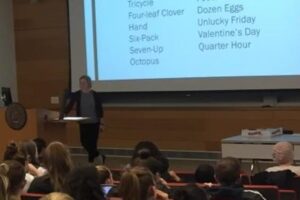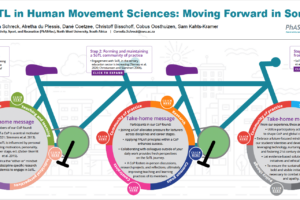
Decoding the Disciplines as a Pedagogy of Teacher Education
By: Jared McBrady
It all started at ISSOTL19 in Atlanta. I attended knowing that I would be teaching a course on SoTL to secondary history teacher candidates the following semester. I knew I wanted to do something with those teacher candidates to move them from mere consumers of SoTL knowledge to producers of SoTL knowledge. At one panel, Peter Felten spoke on his research combining Students-as-Partners with Decoding the Disciplines. Following that panel, my project took shape in conversations with history SoTL colleagues Richard Hughes, David Ingledew, and David Pace. In my course, teacher candidates would learn how to complete Decoding interviews and decode their own disciplinary thinking. They would then interview undergraduate students taking a world history course to decode those students’ disciplinary thinking.
My research on this intervention revealed that, through participating in Decoding the Disciplines research, my teacher candidates gained valuable experiences that could translate into their own future careers. Decoding touches on many of the pedagogical issues teacher candidates have studied: modeling, assessment, engagement, attending to student knowledge, and coaching and practice. The Decoding framework links these too often disparate areas of study into a system. It also provides teacher candidates with terminology to describe important concepts such as tacit knowledge, explicit knowledge, and the need to “decode” something for students. Decoding is a practice I have seen teacher candidates continue to carry out after they participated in this research.
On a final note, I would like to emphasize what a joy it is to work with teacher candidates in this capacity. Involving Students-as-Partners in Decoding the Disciplines research has reinvigorated my research program and enlivened my classroom teaching.
Read the TLI article here.




